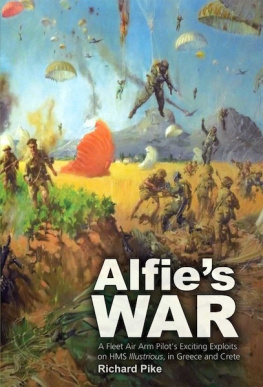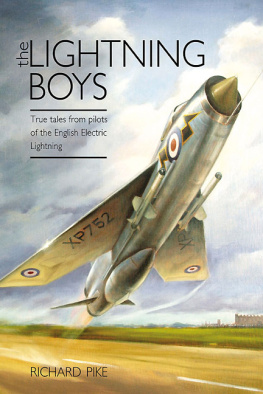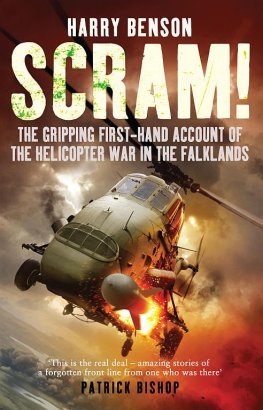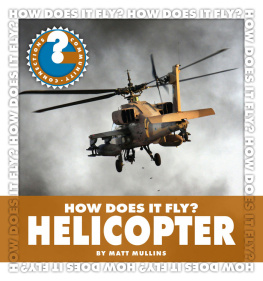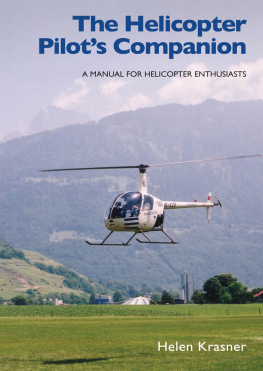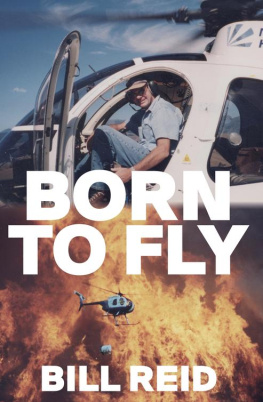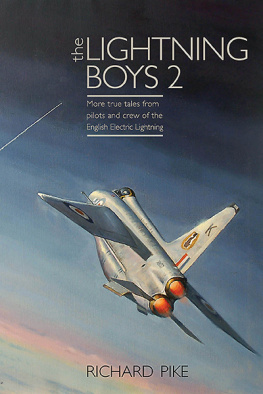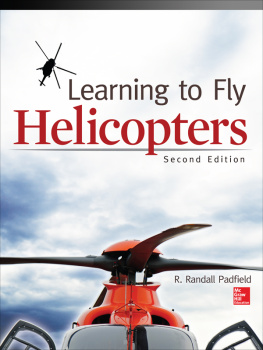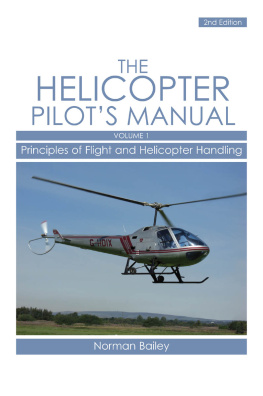Published by
Grub Street
4 Rainham Close
London
SW11 6SS
Copyright Grub Street 2018
Copyright text Richard Pike 2018
A CIP record for this title is available from the British Library
ISBN-13: 978-1-910690-55-0
eISBN-13: 978-1-911621-72-0
Mobi ISBN-13: 978-1-911621-72-0
All rights reserved. No part of this publication may be reproduced, stored in a retrieval system, or transmitted in any form or by any means electronic, mechanical, photocopying, recording or otherwise, without the prior permission of the copyright owner.
Design by Daniele Roa
AUTHORS DEDICATION
T HIS BOOK IS dedicated, firstly, to the late Mr Bill Deacon GM, the aircrewman for a series of unusual and somewhat challenging flights we undertook together in the spring of 1995 to St Kilda, the westernmost islands of the Outer Hebrides of Scotland. A couple of years later, in November 1997, Bill faced rather more extreme challenges during a search and rescue mission off the coast of Bressay, Shetland Islands. In mountainous seas whipped up by Hurricane Force 12 winds, Bill was winched down to the deck of the vessel Green Lily which was foundering close to the rocky shoreline. Once on board, he placed ships crew members two at a time into rescue strops to be winched aboard the coastguard helicopter. Eventually alone on the deck and with the ship by then on the rocks, Bills own rescue could not be completed before he was washed overboard and engulfed by the waves. He was awarded the George Medal posthumously.
Id also like to mention Mark Ashton who, through his parents, my wife and I met not long before his first offshore job as trainee technician on the Piper Alpha platform. Mark was the youngest victim of the disaster which overwhelmed that platform on 6 July 1988. He was just nineteen years old.
On a rather less sombre note, sincere thanks to the many people from countries across the world who have shown such enthusiasm and illuminating support for this project.
CHAPTER 1
STORMY START
Richard Pikes Introduction to North Sea helicopter flying
T HE WEATHER S NOT looking great, said Bill as we stared up at the sky. He grunted and glanced at me, but Ive known worse. While we walked towards our allocated helicopter, Sikorsky S-61N registration G-BAKA parked on the heliport at Aberdeen Airport, I noted how the wind howled and the sky was filling with enormous clouds, or not quite clouds, just shapeless drifts. It was July 1981 and while Id been warned to anticipate eccentric weather with elastic seasons, these mid-summer conditions seemed rather more eccentric and elastic than Id hoped. There were at least three levels of cloud, all moving in different ways. The old round clouds, now joined in masses, moved slowly across the airfield with a vast piled dignity; a second layer, made up of fantastic torn shapes, twisted bodies with giant limbs that all pointed in odd directions, swam fast like the debris of a flood. Below, moving faster still, as fast as a racehorse could canter, white fragments, wisps trailing their flimsy fringes not much higher than adjacent buildings, appeared like ghosts of clouds rushing seawards, lost creatures below the tumult on high.
Right-o, I said to Bill in the absence of a more useful remark that sprang readily to mind. Bill, a somewhat gruff individual, was outwardly friendly and personable although on better acquaintance he could seem reticent as if with a serious secret to guard. Hed given me endless briefings over the last few days for it was his job, as a training captain with Bristow Helicopters, to indoctrinate new pilots like me into company procedures. As an ex-military pilot I had the benefit of several thousand hours of flying experience, nevertheless I was struggling to adapt to civilian routines and attitudes. Indeed, my thoughts felt as turbulent as the weather conditions as I tried to grapple with a number of lessons that needed to be learnt fast.
There was, for a start, quite a lot to learn about the S-61 helicopter itself. In his introductory briefings, Bill described how this machine was dubbed the workhorse of the North Sea. He then explained how it was developed in the 1950s from the XHSS-2 Sea King prototype which first flew in March 1959. The Sea King was the military version but it didnt take long for Sikorsky to introduce a commercial model, the S-61L, which first flew in November 1961. The following year the S-61N, optimised for over-water and oil-rig support, made its first flight. This was the type we flew for Bristow.
He went on to describe an accident seven years earlier, in 1974, when a S-61N (PH-NZC) owned by KLM Noordzee Helikopters crashed into the sea following a probable blade failure to one of the five main rotor blades. They reckoned the root cause of the accident was metal fatigue, said Bill, so nowadays the blade inspections are more regular. As a matter of interest, the machine was recovered from the seabed and rebuilt. As far as I know its currently flying in the USA.
Bill had covered numerous other issues for he knew that, in addition to technical aspects, I needed to digest a variety of topics connected to civil aviation, civilian attitudes and the general contrasts to life in the military. This company, said Bill, is influenced by what you might call an autocratic approach. To make his point, with an amused twinkle in his eye Bill went on to relate a story about an errant co-pilot whose actions had so annoyed the company boss that the co-pilot had been summoned to explain himself.
Hed entered the great mans office and waited. The great man apparently said nothing at first although the co-pilot noticed that the great fists were clenched. He almost expected the great man to start shaking. The co-pilots eyes were riveted when the great mouth started to speak and his gaze held a morbid fascination while he stared at the fellow, half-horrified, half-mesmerised. Bill reckoned that the bosss tactic was to make the opening salvo sound calm enough but this was merely a ruse to clear a path for what lay ahead. The contrast was stark when, quite quickly, any possibility of cheeriness, any form of humour, faded to infinity. The co-pilot suspected that he gave an involuntary shiver; his pale face might have twitched suspensively as, in awesome persistence, the castigation crescendoed. Forest fires could have been set ablaze; the moon itself might have started to glow green. As if to dwell on the agonies of the condemned, the great man recited the great crime in detail, explained how the very fabric of society had been emasculated.


